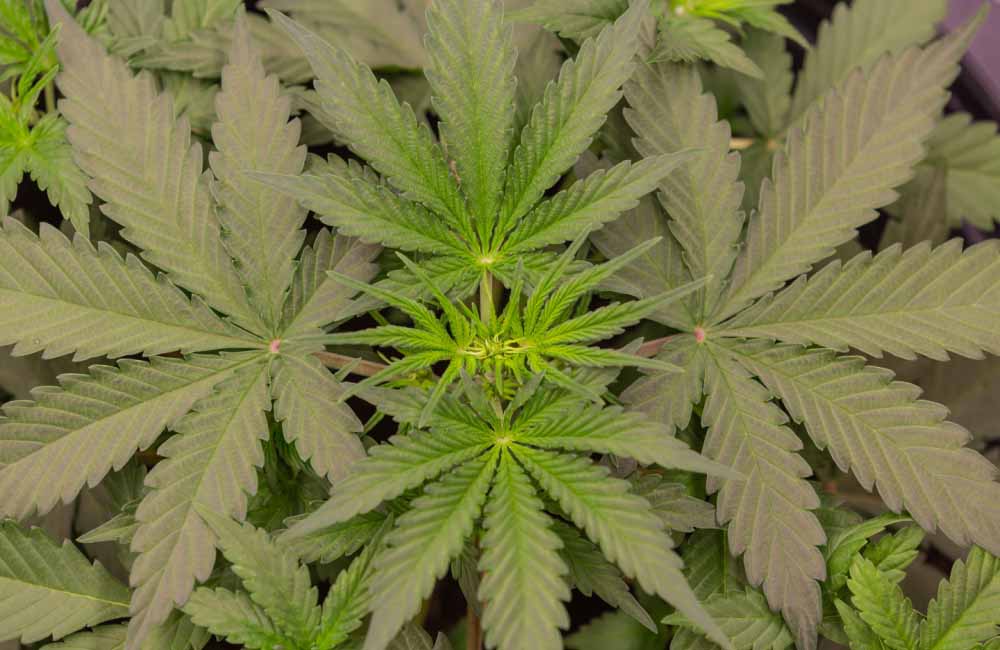What Year Did Cannabis Become Legal in the United States?
California voters provided a turning point in cannabis history in the United States by approving Proposition 215 in 1996. This groundbreaking initiative allowed patients with certain medical conditions to access marijuana under the recommendation of a licensed physician.
The success of Proposition 215 ignited a wave of similar measures in various states, marking the beginning of a gradual shift in public sentiment towards cannabis.
That’s led to a dramatic transformation in cannabis legalization in the United States in the past decade. From the shadows of prohibition to the forefront of mainstream acceptance, the journey of cannabis legalization is a fascinating tale of societal shifts, changing perceptions and, eventually, rewriting the laws at the state level.
The Shadow of Prohibition in the Early 20th Century
The initial chapters of cannabis history in the U.S. are overshadowed by a wave of prohibitionist sentiments. As the nation grappled with the consequences of alcohol prohibition, the Marihuana Tax Act of 1937 marked a turning point for cannabis.
Despite its wide range of uses – from industrial applications to medicinal purposes – the act effectively criminalized cannabis at the federal level, setting the stage for decades of strict anti-marijuana policies.
The War on Drugs Takes Hold in the 1970s and 1980s
The subsequent decades witnessed the intensification of the War on Drugs, a comprehensive and aggressive campaign against drug abuse. The Controlled Substances Act of 1970 categorized cannabis as a Schedule I controlled substance, alongside drugs like heroin and LSD, emphasizing its perceived high potential for abuse and lack of accepted medical use.
This classification – which is now being reconsidered – laid the groundwork for stringent federal regulations and harsh penalties for marijuana-related offenses.
A Wave of Change in the 21st Century
The new millennium brought a shift in attitudes towards cannabis, both among the public and policymakers. With increased awareness of the plant’s medicinal benefits and changing perceptions of recreational use, states began to reconsider their cannabis policies.
Between 2012 and 2014, Colorado and Washington became the first states to legalize recreational cannabis, challenging the decades-long status quo and paving the way for a broader reconsideration of cannabis laws.
Hemp Legalization with the Farm Bill
In a historic move, the Agricultural Improvement Act of 2018, commonly known as the Farm Bill, removed hemp from the list of controlled substances. This legislative change not only signaled a significant shift in federal attitudes towards cannabis but also opened the doors for the widespread cultivation of hemp and the production of hemp-derived products, including cannabidiol (CBD).
The Momentum Continues in the 2020s
The momentum towards cannabis legalization continues to build. Numerous states have legalized recreational cannabis through ballot initiatives or legislative actions, reflecting a growing acceptance of marijuana use for both medical and adult-use purposes. At the start of 2024, 176 million Americans now live where cannabis is legal.
The history of cannabis legalization in the United States is a tale of resilience, societal evolution, and changing perspectives. As more states embrace cannabis legalization, the question that once lingered – “What year did cannabis become legal?” – is now a multifaceted exploration of a complex and ongoing societal transformation.




